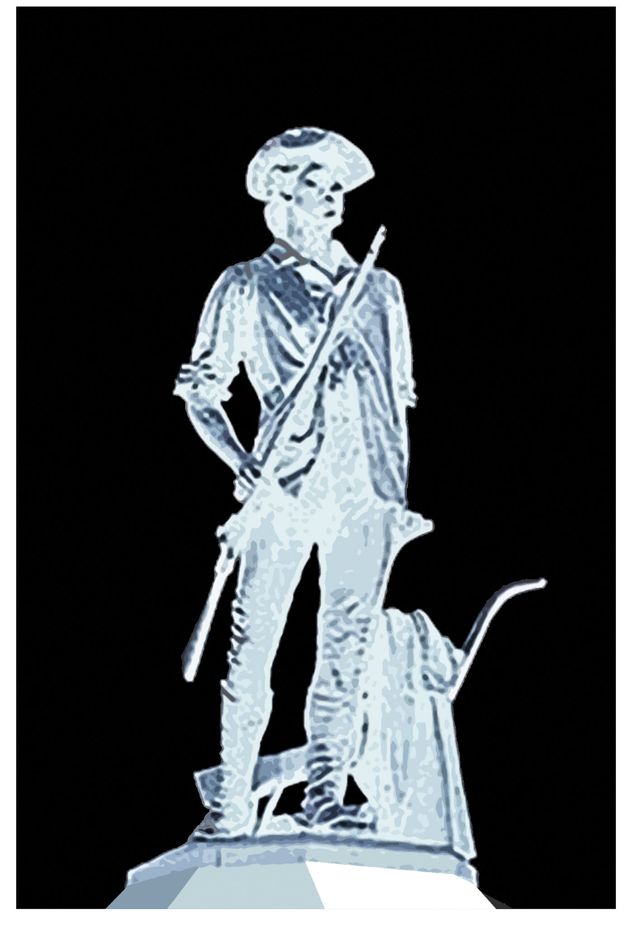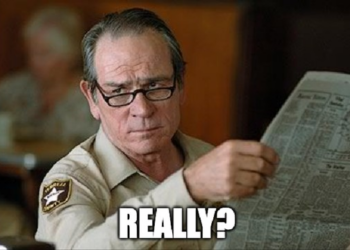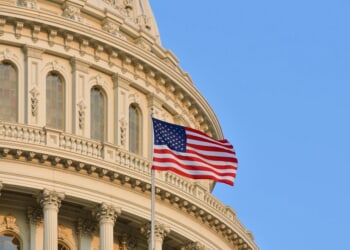
OPINION:
John Brown, Samuel Hadley, Caleb Harrington, Jonathan Harrington, Robert Munroe, Isaac Muzzey, Asahel Porter and Jonas Parker are not household names, but they were the first American casualties in the American Revolution, having been shot to death on April 19, 1775, on the Lexington Village Green by British troops looking for weapons and supplies that had been hidden by American rebels.
Fortunately for the rebels, Paul Revere, Charles Dawes and Samuel Prescott had ridden to Lexington the night before and warned the rebel militia that the British were coming for their weapons. Unfortunately for the men of Lexington, about 700 British troops arrived in their village first thing in the morning. They ordered the assembled 75 or so rebels to disperse. The Americans balked, a shot was fired and then three volleys from the British. The whole skirmish took about 90 seconds.
The surviving rebels scattered. The dead lay where they fell or crawled off the Green to die under bushes or in the doorway of their homes.
It was not a good start to the rebellion, though things would turn around a bit up the road at Concord, where a larger and better prepared group of rebels was waiting. There, at the North Bridge, they outnumbered the British, who ran at the first volley. That started a general retreat by the British that covered a long 20 miles back to Boston. The rebels made it miserable by killing or wounding 300 or so of the occupying force.
We are going to spend much of the next two years, in the run-up to the 250th anniversary of the Declaration of Independence, listening to ponderous and academic talk about the fight for independence, the heroism of the Americans and other such topics.
The reality of it was, of course, considerably less antiseptic. Men died in the doorways of their homes, and they died far from home. They died under bushes, and they bled to death in the arms of their compatriots. They died from disease in the camp. Still, all thought the death, injury and illness was worth it. They didn’t want to be ruled by a single man or by a distant and indifferent legislature. Despite all the talk about taxation without representation, the core of the American Revolution was that the rebels simply didn’t want to be told where to go or what to do by anyone.
Looking back across 250 years, it is fair to wonder whether we still have that revolutionary mindset. Are we still willing to resist concentrations of power, wherever that concentration occurs? Are we still unwilling to tolerate for too long the idea that one man (or group of men) should tell us what to eat, what medicines to take and which to avoid, how to farm, which parts of the government will cease to exist and which will go on, who shall be killed and who shall live, who is tariffed and taxed (and to what extent), who gets sent to foreign prisons (or who doesn’t), who gets government largesse and who doesn’t, and on and on?
Or has time, the narcotics of prosperity and media saturation sanded away all our native resolve and resistance? These questions are worth contemplating as we celebrate the 250th anniversary of the Declaration of Independence and honor those who fought and died in the Revolution.
• Michael McKenna is a contributing editor at The Washington Times.


![NYC Tourist Helicopter Falls into Hudson River, Siemens Executive and Family Among Those Killed [WATCH]](https://www.right2024.com/wp-content/uploads/2025/04/NYC-Tourist-Helicopter-Falls-into-Hudson-River-Siemens-Executive-and-350x250.jpg)






![Green Day’s Cringe Trump Diss Ends in Fire and Evacuation [WATCH]](https://www.right2024.com/wp-content/uploads/2025/04/Green-Days-Cringe-Trump-Diss-Ends-in-Fire-and-Evacuation-350x250.jpg)
![Red Sox Fan Makes the ‘Catch of the Day’ with Unconventional ‘Glove’ [WATCH]](https://www.right2024.com/wp-content/uploads/2025/04/Red-Sox-Fan-Makes-the-‘Catch-of-the-Day-with-350x250.jpg)
![Bikini Clad Spring Breakers Prove Our Education System is Failing Students [WATCH]](https://www.right2024.com/wp-content/uploads/2025/03/Bikini-Clad-Spring-Breakers-Prove-Our-Education-System-is-Failing-350x250.jpg)




